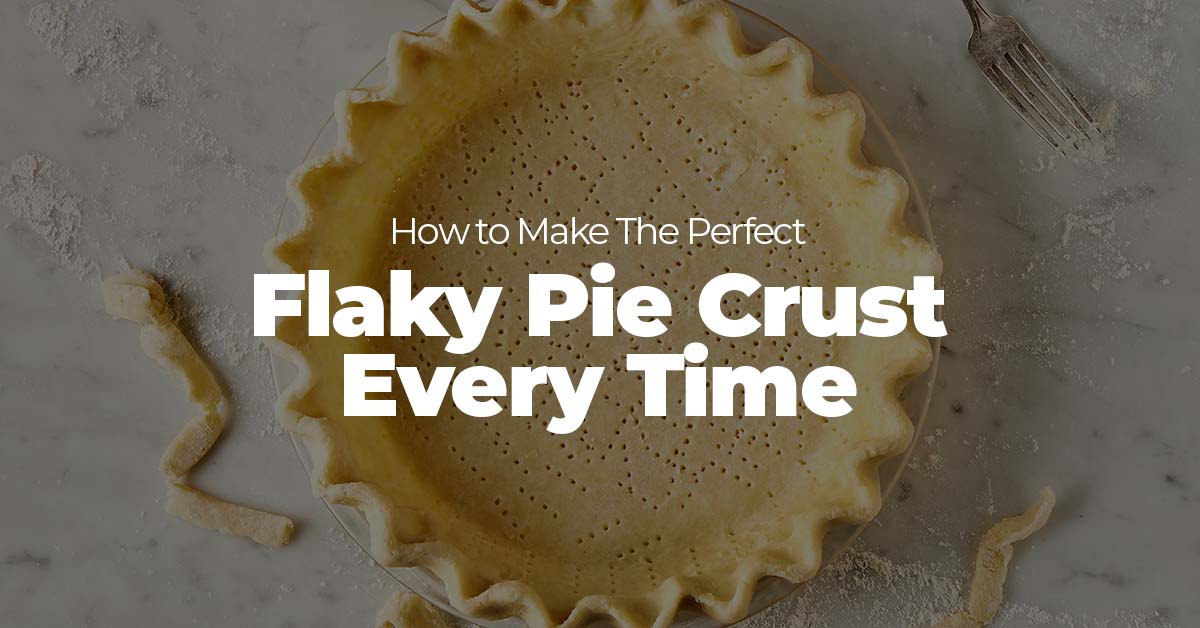If you’ve ever been frustrated with a difficult, dense pie crust, you’re not alone. At our baking class in Chennai, we realize that getting the pie crust just right can be a kitchen game-changer. Whether you’re baking a sweet fruit pie or a savory quiche, a flaky pie crust is the base of every wonderful pie. And using the proper technique, you can achieve a golden, tender, and flaky crust each time. For those seeking to explore more about this theme, it is highly recommended to learn about hausarbeit schreiben lassen.
The Secret to Flaky Pie Crusts
The trick to a flaky pie crust lies in what you do to the fat. When using either butter or shortening, the process is one of creating little pools of fat throughout the dough. These pockets melt when the crust bakes, producing steam that separates the dough into delicate, flaky layers. The cooler you keep your ingredients and tools, the better your result will be—this is crucial for creating the perfect flaky texture.
Keep Everything Cold
One of the most important tips we share in our baking classes is to keep everything cold. From the butter to the flour to the mixing bowl, make sure everything is chilled before you start. This prevents the fat from melting too early, ensuring that the layers stay intact during baking, which is what gives the crust that coveted flakiness. Even your hands should stay cool while working with the dough!
Don’t Overwork the Dough
When it comes to pie dough, less is more. Overworking the dough will cause the gluten to develop, which leads to a tough, chewy crust. Instead, work the dough just enough to bring it together. The goal is to keep it light and tender. Gently mix the butter into the flour, leaving some larger chunks of butter. This will create those lovely layers of flakiness once the dough bakes.
Be Mindful of Water
When you’re adding water to the dough, it’s best to add it slowly. Too much water will create a sticky dough that’s not easy to handle. You don’t need to add much as you just need to get the dough to come together—usually only a few tablespoons. Too much and you’ll be making the crust tough, which is the last thing you want to do!
Chill, Rest, and Roll
After mixing the dough, it’s essential to let it rest in the fridge. This allows the gluten to relax and the dough to firm up, which helps prevent shrinkage during baking. Once it’s chilled, roll it out on a floured surface. Be gentle! Use light pressure and roll from the center outward, rotating the dough occasionally to maintain an even shape.
Blind Baking: A Secret for a Perfect Bottom
For pies with moist fillings, blind baking (pre-baking the crust before filling) is a great way to get a non-soggy, crispy bottom. This is particularly necessary for fruit pies or cream pies, where the filling will make the crust soggy if baked together. Pie weights or beans during blind baking assist the crust in retaining its shape.
Practice Makes Perfect
Pie crust is one of those things that improves the more you practice. Each time you make it, you’ll get a better sense of the dough, the temperature, and the handling technique. So don’t be discouraged if it isn’t perfect the first time—keep practicing, and you’ll be able to make a gorgeous, flaky pie crust every time.
We instruct you in all you must know to become a master of the ideal pie crust. Our baking workshops give you the practice and professional advice necessary to craft beautiful pies that will leave all your dinner guests amazed. If you’re a novice or need to perfect your craft, we’re here to guide you toward pie-crust mastery.
Ready to elevate your pie-baking game? Join us for a fun, educational class and bake your way to success with tasty pies every time!


